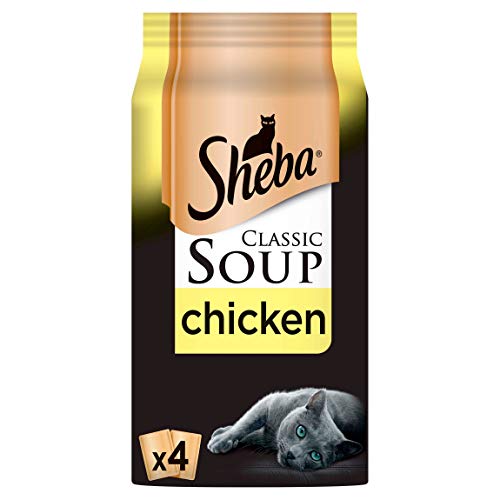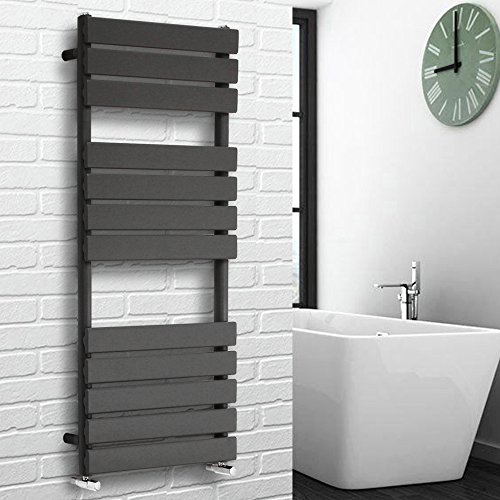What is Cat Soup and Why Do Our Felines Love It?
Understanding Cat Soup
Cat soup is a delightful addition to your feline’s diet, often characterised by its liquid consistency and incorporation of broth with various nutrients and flavours. It acts as a complement to standard cat food, providing hydration and enticing taste that many cats simply adore. Cats are naturally attracted to moist foods, and cat soup can satisfy their instinctual cravings for hydration while delivering essential nutrients in a tasty format.
Why Cats Love Cat Soup
The appeal of cat soup lies not just in its moisture but also in its rich flavors and aromas. Many cats enjoy the slurping sound and the ability to lap up their food, which mirrors how they would consume liquids in the wild. Additionally, many recipes include fish or chicken broth, which are flavours that cats find irresistible. This makes cat soup a perfect treat or a food topper that pleases even the fussiest of eaters.
Key Ingredients to Look for in Cat Soup for Optimal Nutrition
Essential Nutrients
When shopping for cat soup, it’s vital to check the ingredient list for quality nutrition. Look for soups that feature real meat ingredients like chicken or fish as the first ingredient, ensuring that your cat gets high-quality protein. Other beneficial ingredients include vegetables and grains that provide fibre and vitamins. Ingredients such as taurine, an essential amino acid, are important for maintaining your cat’s health, especially for heart function and vision.
Hydration is Key
Since cat soup is designed to be hydrating, always opt for soups with a high liquid content. The broth should not be overly salty, as this can be detrimental to a cat’s health. Instead, a good cat soup will have a relatively low sodium content while still being flavoursome, enhancing the palatability without compromising health.
How to Choose the Right Cat Soup for Your Cat’s Age and Preferences
Catering to Age
Cats go through different life stages, and their dietary needs change accordingly. Kittens require more protein and calories than adult cats, so specific soups are formulated for their needs, often enriched with additional nutrients for growth. For senior cats, consider soups fortified with joint support ingredients like glucosamine. Selecting a cat soup tailored to your cat’s life stage can significantly enhance their overall health.
Identifying Preferences
Every cat has unique taste preferences. Some may enjoy a fish-based soup while others prefer chicken or a mixed flavour. If you’re unsure, start with a few single-serving options or variety packs to observe which flavours your cat prefers. Not only will this keep their diet exciting, but it also allows you to maintain their interest in mealtime, ensuring they receive the hydration and nutrition they need.
Top Brands to Consider When Buying Cat Soup
Quality and Reputation
We recommend exploring brands known for their commitment to quality and pet health. Stick to those that prioritise natural ingredients and transparency in their sourcing. Popular brands often have a solid reputation among cat owners and provide clear information about the nutritional content and ingredient sourcing on their packaging.
Variety of Offerings
Choose brands that offer a variety of flavours and formulations to suit your cat’s preferences. A good brand will frequently update its product line, responding to customer feedback and introducing new recipes that keep cats happy and healthy. Often, brands committed to pet health will have products that are better received by cats and can help in avoiding any dietary boredom.
Tips for Introducing Cat Soup into Your Cat’s Diet
Gradual Introduction
Introducing cat soup should be done gradually. Start by mixing a small amount of soup into their regular food or offering it on its own. This approach allows your cat to adjust to the new taste and texture without overwhelming them. Observe their reaction and increase the portion if they seem receptive.
Monitoring Health
As with any dietary change, it’s crucial to monitor your cat’s reaction. Watch for any signs of digestive upset or allergies, and if you notice any adverse effects, consult your veterinarian. Overall, the goal is to enhance your cat’s diet meaningfully and deliciously while ensuring their overall wellbeing.


















